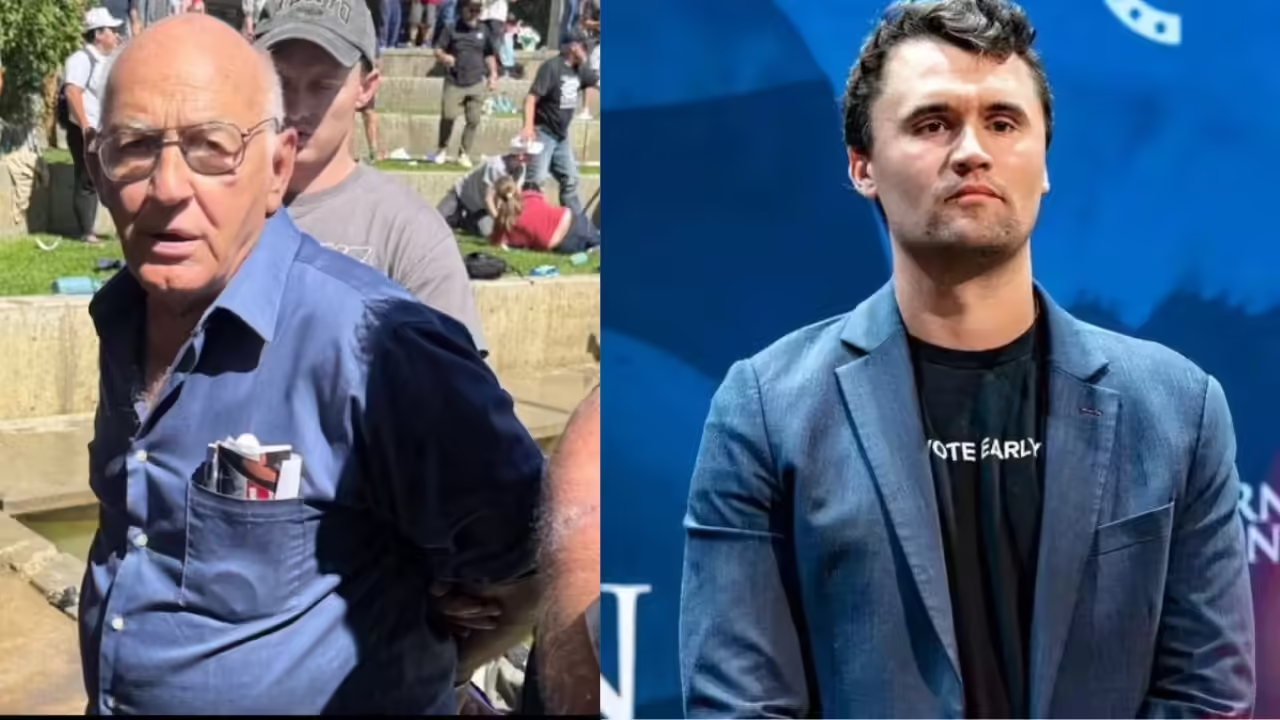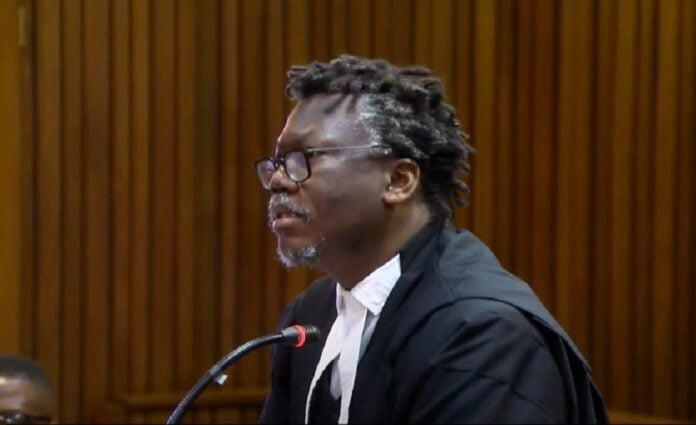By Shriya Kataria
Copyright breezyscroll

After conservative activist Charlie Kirk was fatally shot in Utah, a 71-year-old man named George Zinn briefly claimed responsibility, yelling at police to “shoot me.” Investigators later confirmed Zinn wasn’t the gunman. He told officers he wanted to distract attention from the real suspect, 22-year-old Tyler Robinson, who now faces multiple felony charges. Zinn, a self-styled political gadfly with a history of bizarre run-ins, has been charged with obstruction of justice.
What happened after Charlie Kirk’s killing?
In the chaotic moments following the fatal shooting of conservative commentator Charlie Kirk at Utah Valley University last week, a 71-year-old man approached police and made a stunning claim:
“I shot him, now shoot me.”
That man was George Zinn, a fixture on Utah’s political fringe known for interrupting rallies and protests. Officers quickly detained him but soon discovered that Zinn was not the shooter. Instead, he later admitted during interrogation that his outburst was an attempt to divert attention from the real gunman.
Who is George Zinn?
Zinn’s name is familiar to law enforcement and Utah’s political community.
He has been arrested multiple times for trespassing at rallies, protests, and even film festivals.
Prosecutors describe him as a “gadfly” — someone who constantly appears at events but rarely poses a genuine threat.
Salt Lake County District Attorney Sim Gill said: “He’s a person who can be odd, and has those kinds of sometimes odd behavior challenges. But by and large, he’s more of a gadfly than anything else.”
Zinn’s history, however, includes more than just nuisance behavior. In 2013, he was jailed for threatening to bomb the Salt Lake City Marathon. That conviction earned him a year behind bars.
Now, his stunt in the Kirk case has earned him a new charge: obstruction of justice, a second-degree felony in Utah.
Who is the real suspect?
The actual gunman, police say, is 22-year-old Tyler Robinson. He was arrested a day after Kirk’s death and now faces an array of serious charges:
Felony discharge of a firearm — punishable by up to life in prison.
Obstruction of justice — up to 15 years.
Witness tampering — after allegedly urging his partner to delete text messages and remain silent if questioned by investigators.
Robinson’s case is moving forward separately, and prosecutors have emphasized that Zinn’s antics had no impact on the evidence trail leading to Robinson’s arrest.
Why does this matter?
This case highlights two overlapping issues:
The role of disruptive “gadflies” in public life.
People like Zinn hover on the margins of political events, often dismissed as eccentric.
But their actions — from false confessions to threats — can complicate law enforcement’s job and drain resources.
The challenge of misinformation in high-profile crimes.
Zinn’s false claim could have delayed or distracted investigators if they had taken him seriously.
In the age of viral clips and social media, a statement like “I shot him” can spread faster than the truth, fueling confusion.
What happens next?
For Zinn: He faces obstruction charges that could result in prison time, though his past record and mental health may weigh on sentencing.
For Robinson: His trial could stretch months, with the potential for a life sentence if convicted.
For law enforcement: The case underscores the importance of separating noise from fact in high-pressure investigations.
Context and Comparisons
The Zinn episode recalls other moments when unrelated individuals inserted themselves into major crimes:
In the aftermath of the Boston Marathon bombing, police fielded dozens of false confessions.
During high-profile celebrity cases, “confessors” sometimes step forward seeking attention or martyrdom.
Experts warn that such behavior is not just eccentric but dangerous. Each false lead diverts time, attention, and taxpayer resources away from the real threat.
The bigger picture
Charlie Kirk’s death has already intensified political debate in the U.S., where rhetoric around public figures is increasingly charged. Robinson’s case is likely to draw national headlines as it progresses. Meanwhile, Zinn’s story serves as a reminder of the unpredictable human behavior that surfaces in the wake of tragedy.
Whether viewed as a confused old man or a manipulative trickster, Zinn now finds himself, once again, on the wrong side of the law.



